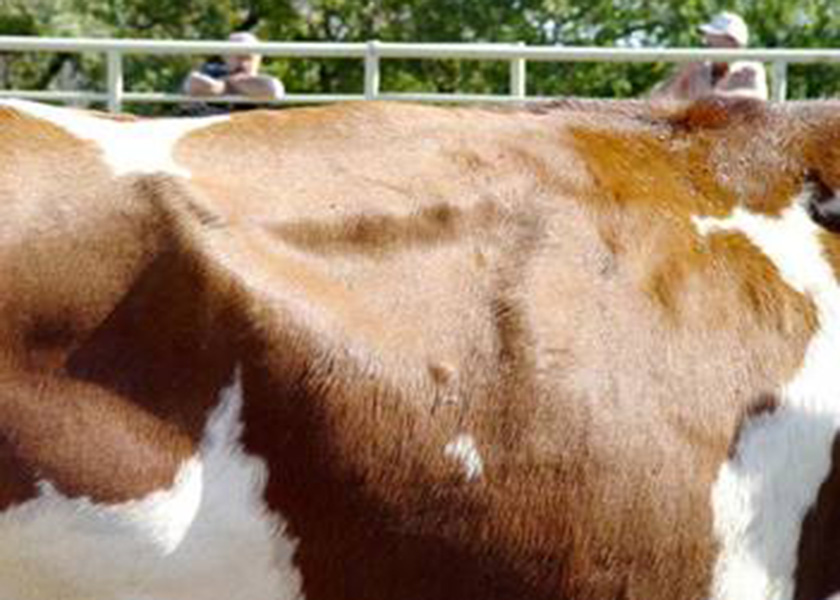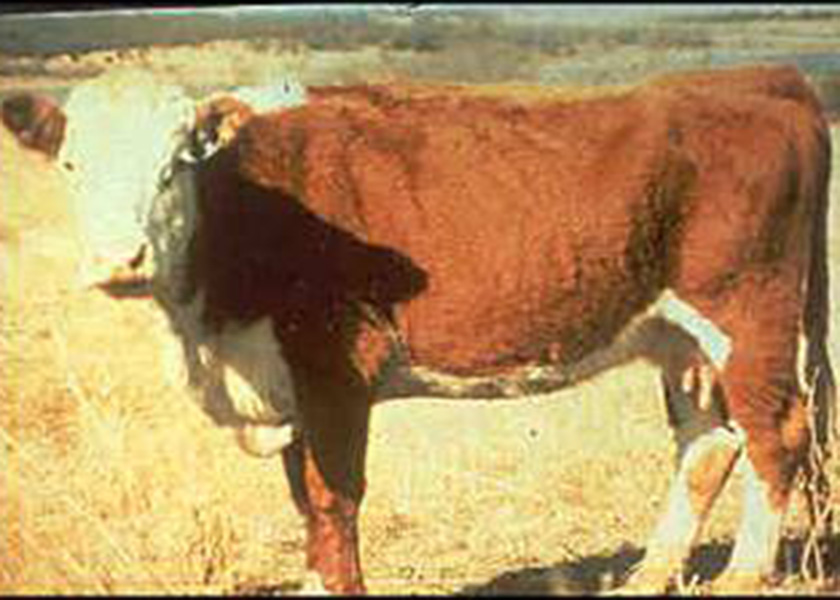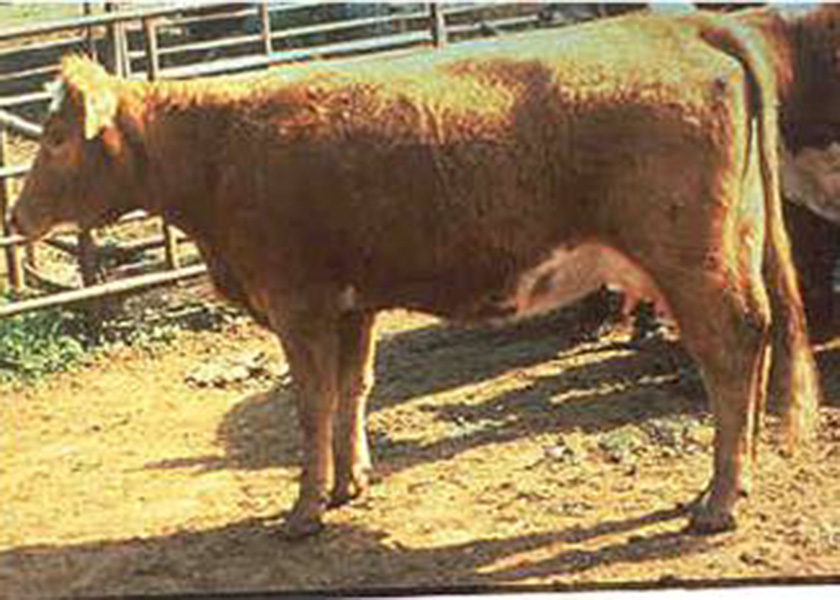Selk: Back to the Basics—Revisiting Body Condition Scoring

When a football team has an “open” date during the season, you will often hear the coach say that they are going to spend the first part of the practice time reviewing the “fundamentals”. Occasionally in the cow/calf business, it is important to revisit the “basics”. One of the “basics” that we often utilize is “body condition scoring”. Better understanding of the relationships between body condition scores and rebreeding efficiency of beef cattle has added a powerful management tool to the cattleman’s arsenal. Condition scoring permits the cattleman to evaluate the nutritional program each time the herd is seen. By evaluating cow condition at strategic times of the year, it is possible to coordinate use of the forage resource with nutritional needs of the cow herd so that supplemental feed and hay needs are reduced to a minimum.
Body condition scores (BCS) are numbers used to suggest the relative fatness or body composition of the cow. For BCS to be most helpful, producers need to calibrate the system under their own conditions with their own cattle. A nine-grade system is commonly used by researchers in the United States. When using the BCS, producers should keep the program simple. A thin cow (BCS 1,2,or 3) looks very sharp, angular, and skinny, while a fat cow (BCS 7, 8, or 9) looks smooth and boxy with bone structure hidden from sight or feel. A very high percentage of commercial beef cows in Oklahoma will fall into the scoring range of 4, 5, and 6. The key areas to examine the beef cow for body condition score are illustrated in Figure 1 (above).
Specifically look to see how many ribs (from the last half of the rib cage) are evident to visual appraisal. If more than two ribs are easily discernible, then expect the cow to score lower than five. Also look closely at the spinous processes (vertebrae along the edge of the loin in front of the hook bones). If the outline of the vertebrae is visually apparent, expect the cow to receive a body condition score of four or lower.
On Figure 2 (below), one can readily observe the vertebrae that are lying just beneath the hide and in front of the hook bone. This cow will be a body condition score 4. Note that the smooth short summer haircoat makes it easier to discern the individual vertebrae.

Body condition score cow showing easily observable location of transverse processes and outline of last 3 ribs on rib cage.
Below are photos of cows in the body condition scores of 4, 5, and 6.

Body Condition Score 4. The cow appears thin, with ribs easily visible and the backbone showing. The spinous processes (along the edge of the loin) are still very sharp and barely visible individually. Muscle tissue is not depleted through the shoulders and hindquarters.

Body Condition Score 5. The cow may be described as moderate to thin. The last two ribs can be seen and little evidence of fat is present in the brisket, over the ribs, or around the tail head. The spinous processes are now smooth and no longer individually identifiable.

Body Condition Score 6. The cow exhibits a good smooth appearance throughout. Some fat deposition is present in the brisket and over the tail head. The back appears rounded and fat can be palpated over the ribs and pin bones.
Why is body condition important? One of the major constraints in the improvement of reproductive performance of beef cows is the duration of the post-calving anestrous period. The anestrous period is the number of days between the date of the cow delivering a calf and the date when she returns to heat cycles to have an opportunity to once again become pregnant. Body condition at calving time determines to a great extent the length of the anestrous period and therefore the likelihood that the cow becomes pregnant in timely fashion for the next calf crop. If the cow is in a lower body condition score at calving she will have fewer, if any, opportunities to conceive in a 60 day breeding season. Body condition change after calving can have an impact on the return to heat cycles, but usually cannot compensate for low body condition at calving. In addition, improving body condition after calving is difficult and expensive to accomplish with a cow in early lactation. More information about body condition scoring can be found in the Oklahoma State University Fact Sheet ANSI-3283 Body Condition Scoring of Beef Cows.







